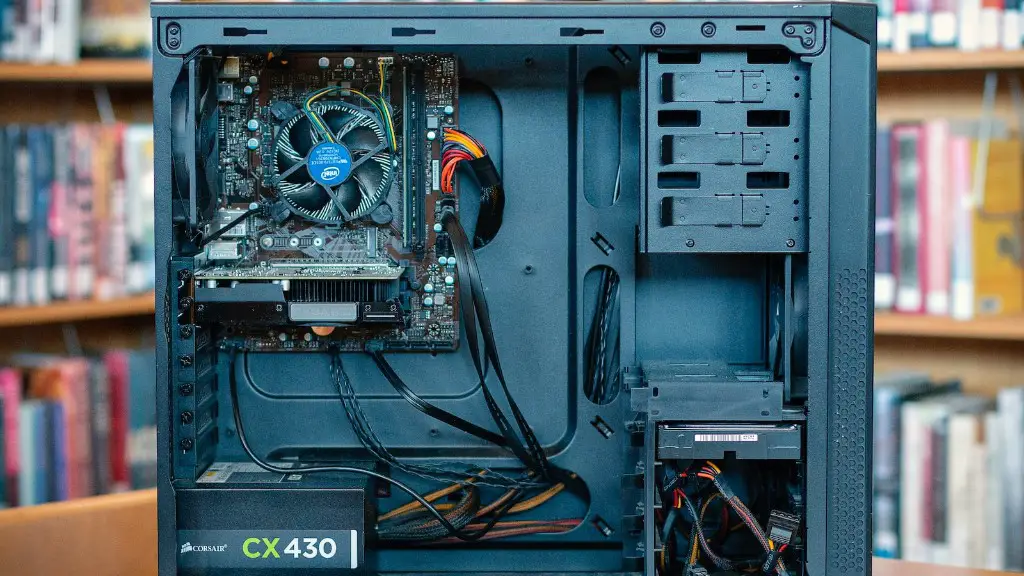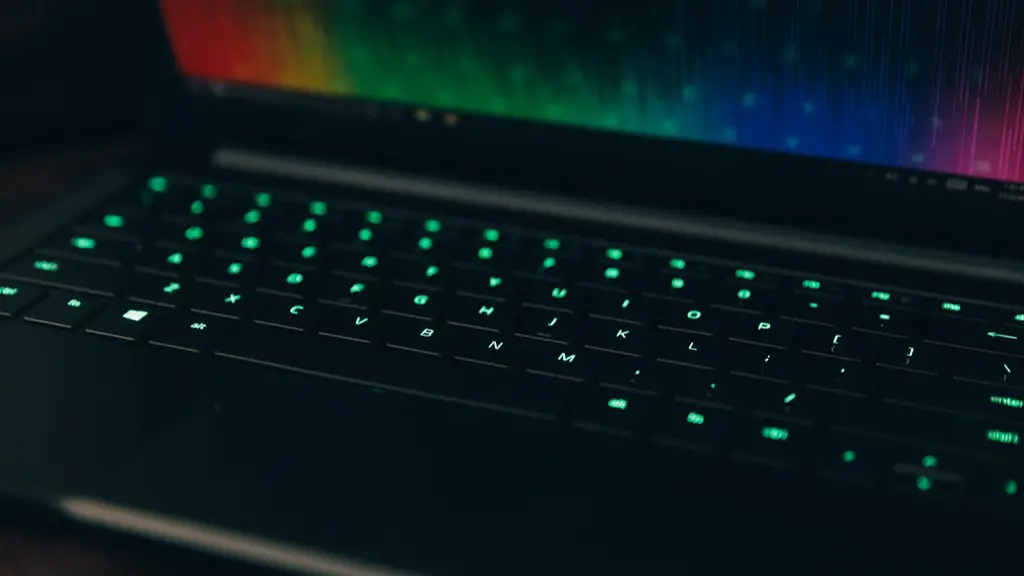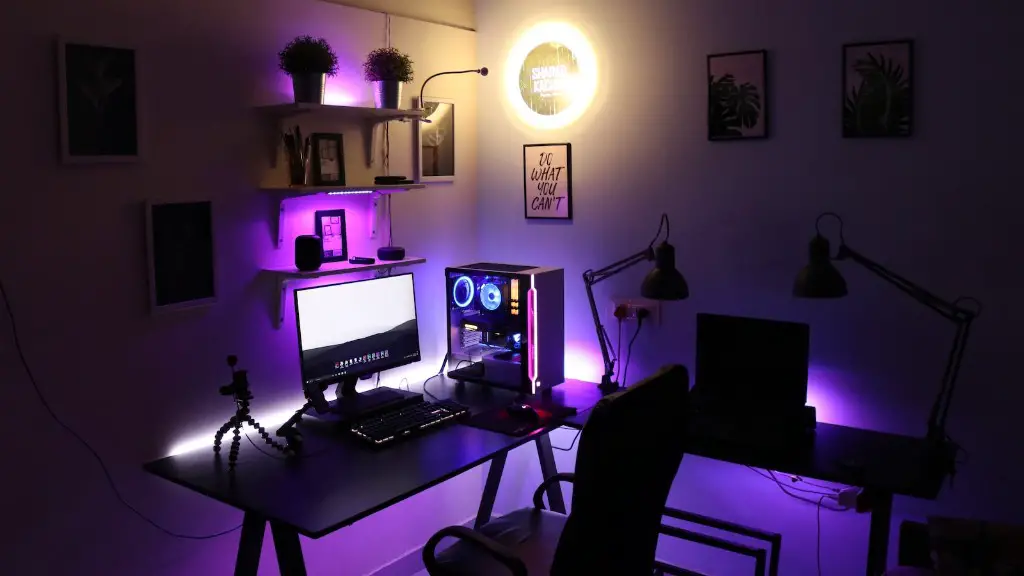Building a powerful gaming PC requires some basic knowledge of computer components and their installation. This article will discuss the essential steps needed to build a solid foundation for your gaming system. We’ll cover the major components, give an overview of the installation process, and provide some tips for finding the parts you need.
First, decide which type of gaming PC you want to build. There are two main types of gaming PCs: custom built and pre-built. A custom-built gaming PC is likely to give you the best performance as you can choose exactly what components you want and install them yourself. On the other hand, a pre-built gaming PC is often cheaper and takes less time to set up.
Once you have chosen a type, you need to find the parts for your build. Start by researching component types and specifications. Consider your budget and think about what features you need for your gaming needs. Popular components for gaming PCs include CPU, motherboard, graphics card, RAM, power suppl and storage. Additionally, you may choose to add additional components such as an overclocking cooler or liquid cooling system.
After deciding the type and components of your gaming PC, it’s now time to purchase the parts. Look for discounts, compare offers, and read reviews on the specific components you want. Make sure the purchase is made from a reputable online shop.
Now that all the components are ready, it is time to assemble them together. Firstly, get all the tools and equipment you need, such as a screwdriver, thermal grease and a static-free cloth. Secondly, unpack all the components and check for any damage. Ensure that all the component mounts match your specifications. Lastly, start the assembly process, making sure to safely secure all components. Use the manuals included with the components for guidance.
Once all the components are in place, test to ensure that your PC is running properly. Install an operating system, such as Microsoft Windows 10, and any necessary drivers for the components. At this stage, you can also benchmark your PC and overclock the system for better gaming performance.
Cooling Systems
Cooling is one of the most important aspects of a gaming PC but is often overlooked. Overheating components can reduce your PC’s performance and even damage components. Invest in high-quality fans, fan controllers and thermal paste to keep your gaming PC cool.
Air-cooling is the most common and affordable choice, as it can be done with basic components, such as fans, radiators and heat sinks. Consider using case fans to increase cooling efficiency and air ventilation. Liquid cooling can provide better cooling performance, but is more expensive and more complex.
Heat sink is an important component for both air and liquid cooling systems to dissipate heat from the components. Select an appropriate heat sink for your gaming PC based on the wattage of your CPU and the size of your motherboard. In addition, ensure that the heat sink is properly installed with thermal paste and the mounting screws correctly tightened to ensure the heatsink is secure.
For overclocking, consider using a custom liquid cooling system to further reduce temperatures. Make sure to check if there is enough space to accommodate the liquid cooling components and that the pump is powerful enough for your system.
Finally, it’s important to monitor the temperature of your system during and after gaming sessions. This will help you identify any potential issues with your cooling system before they become bigger problems
Power Supplies
A good power supply is critical for the smooth operation and longevity of your gaming PC. Select a power supply with the correct wattage for your build, bearing in mind any future upgrades you may wish to add.
The wattage of the power supply needs to vary according to your components. Generally, a 600W power supply should be enough for most gaming PCs, unless you are using strong components like multiple graphics cards or Intel Core i-series processors. For these components, you may need a higher wattage PSU.
In addition to wattage, consider the efficiency rating. The higher the efficiency rating, the less power is lost as heat and converted into usable power. An 80 Plus efficiency rating is a minimum requirement to ensure that your power supply is efficient enough.
Finally, pay attention to the type of connections the power supply has. All gaming PCs require an ATX power connection. Additionally, with some components, such as certain graphics cards, you might need a special type of connector. Ensure that your power supply unit has the correct type of connectors for your components.
Storage
Storage is another important component for a gaming PC. You need to decide between traditional hard drives, solid-state drives and NVMe storage options. A traditional hard drive is a cheap option which is good for storing the operating system, programs and large files like videos and music.
On the other hand, SSDs are much faster than traditional hard drives and are great for installing games and other applications which you want to access quickly. NVMe storage is the fastest option but is more expensive compared to the other options. Make sure to carefully consider your budget and the type of storage you need.
Another factor to consider is the size of the storage drive. Look at the space available on your motherboard and determine which drive will be the right fit. Generally, a 1TB or 2TB drive is enough for most gaming PCs. If you need more storage, consider getting a larger drive or connecting additional storage devices.
Finally, it’s important to make sure your storage is properly set up. Configure hard drives and SSDs in RAID for increased performance, or use a separate drive for the operating system and gaming files. Additionally, consider using an SSD for the boot drive and a traditional hard drive for storage.
Graphics Card
A good graphics card is an essential component for a gaming PC. The type of graphics card you choose will depend on your budget and desired gaming performance. Mid-range to high-end graphics cards are available from a variety of manufacturers, such as NVIDIA and AMD.
Make sure to check the GPU model and core count to ensure you get the right card for your gaming experience. A mid-range to high-end GPU should have at least a 4GB VRAM capacity, with 6GB being the recommended level for gaming. Additionally, the clock speed should be at least 1.2GHz or higher to ensure maximum gaming performance.
Another important factor to consider is the connection type. Most graphic cards require a PCI-E connection on the motherboard. Make sure your motherboard has the right type of connection for the graphics card. Some graphic cards require additional power, so make sure to connect the PCIe connectors to the power supply as well.
Ultimately, it’s important to do research on the specific graphics card you want. Compare reviews and benchmarks to find the best one for your build. Additionally, consider opting for faster memory and better cooling to further enhance the performance of your graphics card.
Motherboard
The motherboard is the main component in a gaming PC build, and is responsible for connecting other components together. It is important to choose the right motherboard to ensure compatibility with the rest of your system.
The most important factor to consider when selecting a motherboard is the socket type. The socket type must match the processor you are using. Additionally, make sure the motherboard can support the type of memory, PCI cards and other features that you need.
Motherboards come in various sizes such as ATX, micro ATX and mini ITX. The size you choose should be based on space in the PC case. ATX motherboards generally have more features, but can take up more space in your case compared to the other options. Make sure the size of the motherboard is appropriate for your PC case.
Another factor to consider is the number of RAM slots. Some motherboards have just two RAM slots while others may have up to four. Make sure the motherboard can support the type of RAM you want and has the right number of RAM slots for your needs.
Look for a motherboard with at least two or more PCI-E slots. Some motherboards may have additional slots dedicated to graphics cards and other components. Make sure the motherboard has enough slots for the components you are using.
Finally, pay attention to the bios version and technology. Look for a motherboard with the latest bios version for better performance and features. Additionally, make sure the motherboard supports the latest technologies such as USB 3.1 and Type-C.



